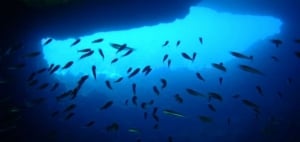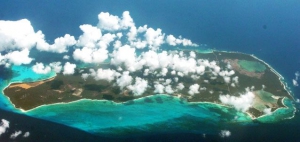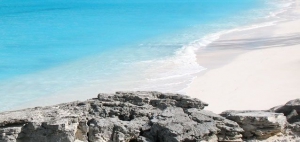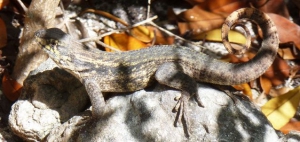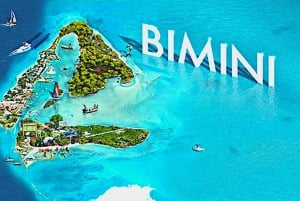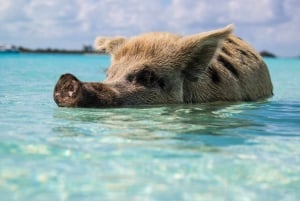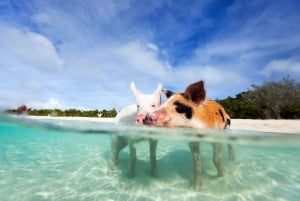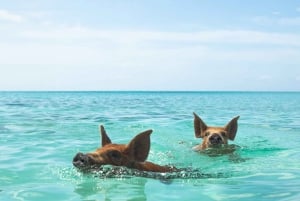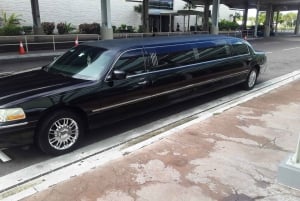Rum Cay
A Rare Find
Rum Cay is the least populated of all the Bahamian islands with only 53 inhabitants. What it lacks in numbers it makes up in legend. Its name is rumored to come from the British tale of a cargo ship filled with rum that was stranded on its shores. Once called ‘Mamana’ by the indigenous Lucayans, Rum Cay possesses a few characteristics you will not see anywhere else in the Bahamas.
Characteristic of Rum Cay’s whimsical taste, all of its street signs are all in the shape of the island. Of more historical weight, Rum Cay is home to caves with some of the only drawings and paintings in the Bahamas by the Lucayans. Not to mention that Rum Cay was Columbus’ second stop after dropping anchor in San Salvador.
Just off Rum Cay’s southern shoreline is an “Underwater Museum of the Bahamas”: the shipwreck of the HMS Conqueror, an English ship that served in the Crimean War in the late 1850s. It came to its fateful demise over Sumner Point Reef, in only thirty feet of water, on December 13, 1861. And though the ship broke apart and was lost to the waves, all 1400 of its crew including its captain survived, camping out on Rum Cay until they were rescued a short while later.
Of course there are exquisite beaches that snake along Rum Cay’s western coastline, white sand sloping down to meet seawater so clear and turquoise you can’t take your eyes off it; and of course there is snorkeling and beach combing for shells and driftwood in abundance; and fishing in waters so full with life you feel its treasures with every tug of your fishing line; and yes, there are quaint vacation rentals at the Sumner Point Marina for those getting there by boat, an airstrip at Port Nelson for those flying in, and every week the mail comes by the Lady Emerald mailboat.
Maybe the Lucayans left more than their drawings, and maybe there’s something in the land that remembers what Mamana means, even if we don’t, that makes this island so rich in legacy. It takes a little extra effort to get here, but when you arrive and smell the scent of ocean on the breeze, see deep green coppice hugging gentle hills or feel the sun’s heat rise up from fertile earth where Lucayans once trod, you’ll know it was worth it.



